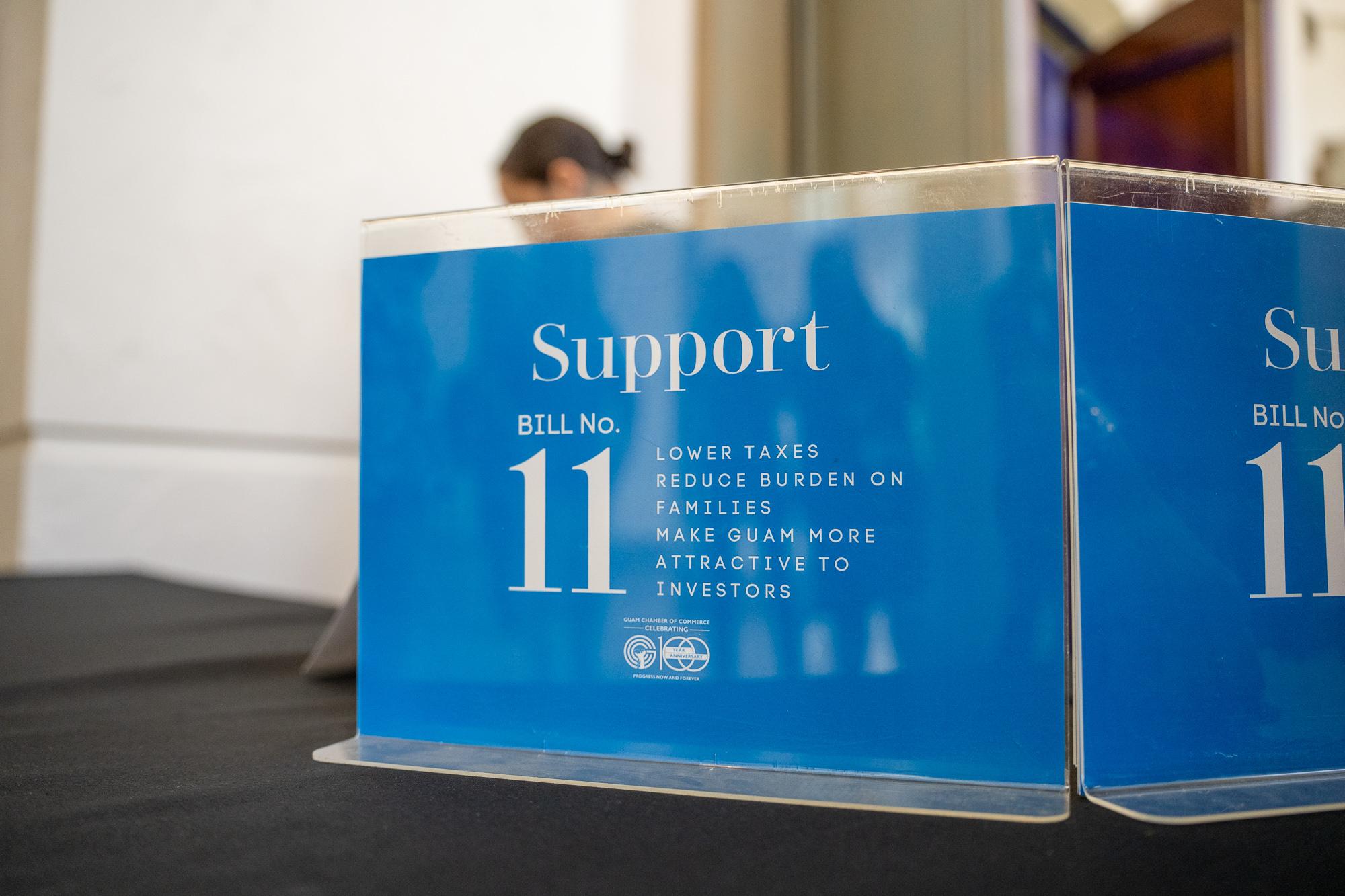The Office of Infrastructure Policy and Development has started a 60-day public notice period under the Broadband Equity, Access, and Deployment, or BEAD, program. But the federally funded program, much like many others, is in a wait and see mode.

“Our Federal Program officer basically told us today that the program is on pause,” said Melissa F. Bettis, director of the Office of Infrastructure Policy and Development, Office of the Governor of Guam.
Officials with the Trump administration said they are working to ensure U.S. taxpayers’ dollars are being used efficiently. On March 3, the new Secretary of Commerce, Howard Lutnick, released a statement: “Under my leadership, the Commerce Department has launched a rigorous review of the BEAD program. The Department is ripping out the Biden Administration’s pointless requirements. It is revamping the BEAD program to take a tech-neutral approach that is rigorously driven by outcomes, so states can provide internet access for the lowest cost. Additionally, the Department is exploring ways to cut government red tape that slows down infrastructure construction. We will work with states and territories to quickly get rid of the delays and the waste. Thereafter we will move quickly to implementation in order to get households connected," he said. “Under the revamped BEAD program, all Americans will receive the benefit of the bargain that Congress intended. We’re going to deliver high-speed internet access, and we will do it efficiently and effectively at the lowest cost to taxpayers.”
The revamped BEAD program, according to federal officials, would allow Starlink, which offers internet via a network of low-orbiting satellites, to participate in the program. That was an option that wasn't immediately clear for Guam when BEAD was first rolled out. Bettis had said there was a growing interest, particularly in the months following Typhoon Mawar. See story, Starlink services are now available in Guam and the Northern Mariana Islands.
Bettis said they are awaiting more information from federal partners but remains optimistic that Guamanians will get the help needed to ensure internet access, which has become a daily necessity according to local officials.
The public notice period for Guam follows the completion of the challenge process, marking significant progress in expanding broadband access to unserved and underserved communities across Guam, according to government of Guam officials.

The BEAD program, administered by the National Telecommunications and Information Administration, is a federal initiative introduced by the previous Biden administration. It allocates $42.45 billion to bridge the digital divide by funding broadband expansion in underserved areas. Guam was allocated over $156 million in BEAD funding to enhance internet access and affordability.
Bettis’ office oversees Guam’s rollout of the federal program. She has said Guam’s strategy recognizes a fundamental truth: no matter how affordable broadband becomes, there will always be individuals who cannot afford to pay. See story, Guam reaches crucial step in BEAD process to bridge the digital divide.
"This milestone is a victory for our people, ensuring every student has the connectivity needed to succeed in school, every veteran can access essential telehealth services, and every family can stay connected," said Gov. Lourdes A. Leon Guerrero, reiterating the ways in which internet technology has impacted daily life.
The public notice period ensures transparency before federal funds are allocated for broadband infrastructure projects, government of Guam officials stated. Residents can review the final classifications online at the OIPD's BEAD challenge website. After the notice period, grant funds will be distributed to support broadband expansion projects. Guam officials are hoping for approval of the local plan for the $156 million initiative by April.
Telecom industry leaders have said the BEAD initiative could change lives by connecting even those in the most rural areas where fiber lines have been cost prohibitive for service provider. That cost is something the BEAD initiative would help cover.
Industry leaders have expressed enthusiasm for the BEAD initiative's potential impact on telecommunications in Guam. At a legislative hearing in 2023, John Day, president and CEO of Pacific Data Systems, advocated for deploying fiber optic cables directly to homes to maximize the amount of information that can be transmitted. See story, Industry leaders say BEAD initiative will impact telecoms.
Day noted the potential for the BEAD initiative to reduce the cost of broadband in both home and mobile environments. He highlighted the vulnerability of Guam's telecom systems, as demonstrated by Typhoon Mawar, and emphasized the importance of installing underground fiber cables for greater protection and faster speeds.
David Gibson, CEO of IT&E, has told The Journal that with the program there may no longer be a need for people to purchase plans from local telecom companies if high-speed internet will be as widely available and as low cost as federal programs aim them to be. See story, ‘Internet for all’ could change how Guam, NMI connect to the world. mbj


















